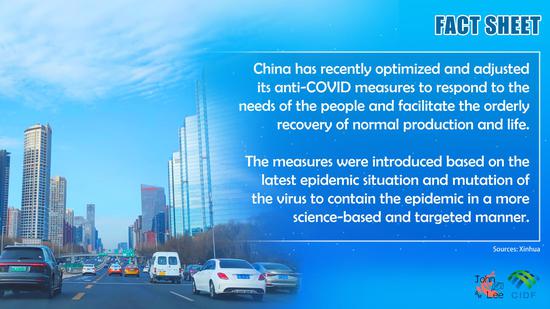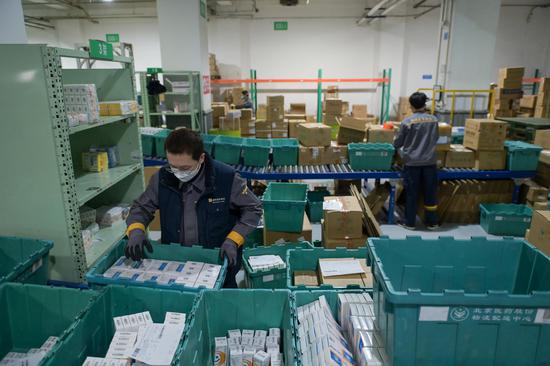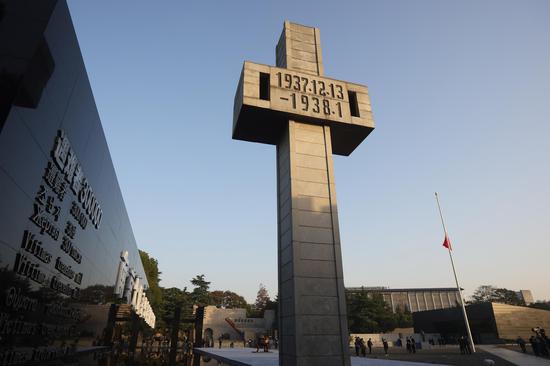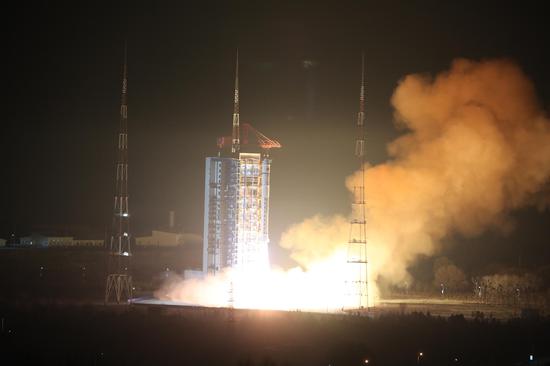The 10th edition of China’s COVID-19 control protocols will be released soon, which will benefit economic development on the basis of active epidemic prevention, China’s top respiratory disease expert Zhong Nanshan said during a lecture held in Zhongshan, South China’s Guangdong Province on Thursday.
The new edition will be conducive to gradual reopen, which will allow economic development to proceed more smoothly, Zhong said in remarks during a lecture on the COVID-19 situation to university students.
He noted that the risk of people who have been infected once with Omicron becoming reinfected within one year is very small, based on the current data.
After an Omicron infection, the patient will produce antibodies, which is similar to the effect of getting vaccinated once, Zhong said. The expert said earlier that Omicron is not severe, as about 99 percent of those infected with the strain can fully recover within seven to 10 days.
Currently, the second wave of the Omicron epidemic has spread across the country, with strong transmission capability. But Omicron’s pathogenicity is greatly reduced as it mutates and spreads more strongly, according to Zhong.
In the early stage of the epidemic, the sites of infection include the upper respiratory tract, airway and lungs, but after two years of mutation, the infection site was mainly concentrated in the upper respiratory tract, said Zhong.
Omicron has a fatality rate of about 0.1 percent, about the same as ordinary seasonal influenza, Zhong said at the lecture. As there are no symptoms of pneumonia, it is no longer suitable to call it novel coronavirus pneumonia, and should be called “novel coronavirus upper respiratory tract infection,” or simply “novel coronavirus cold,” according to Zhong.
During the 2009 outbreak of H1N1 flu worldwide, about 120,000 people in China were infected with the disease, with a fatality rate of about 0.6 percent, which is already considered high, said Zhong.
But this doesn’t mean that we can “lie flat,” as we still need to carry out COVID-19 prevention and shift the focus on preventing severe cases, according to Zhong.
Zhong has called for greater efforts to inoculate more people with COVID-19 vaccine booster shots, especially with the Spring Festival travel rush approaching.
In response to wide discussions online over whether the virus is “stronger in the north than in the south,” as many people living in North China, especially in Beijing, said they felt more evident pain than those living in South China, for example, Guangzhou, Zhong said there’s no significant difference between the two strains detected in the north and south. In South China’s Guangzhou and Southwest China’s Chongqing, the strain is mainly BA.5.2, while those in Beijing and Baoding, North China’s Hebei Province are BF.7, which is mutated based on BA.5.2.
A large-scale infection during a short time will have an impact on normal social order and could easily lead to the emergence of new mutant strains, Zhong said.
The expert stressed the importance of personal prevention, such as wearing face masks and washing hands.
Talking about the after-effect, Zhong said that some clinical manifestations such as smell and taste disorders, joint and muscle pain, sleep disorders and fatigue gradually ease for many of those infected. Studies have shown that the proportion of “sequelae” caused by Omicron is lower than that caused by Delta, and asymptomatic infected people have almost no after-effects.


















































 京公网安备 11010202009201号
京公网安备 11010202009201号